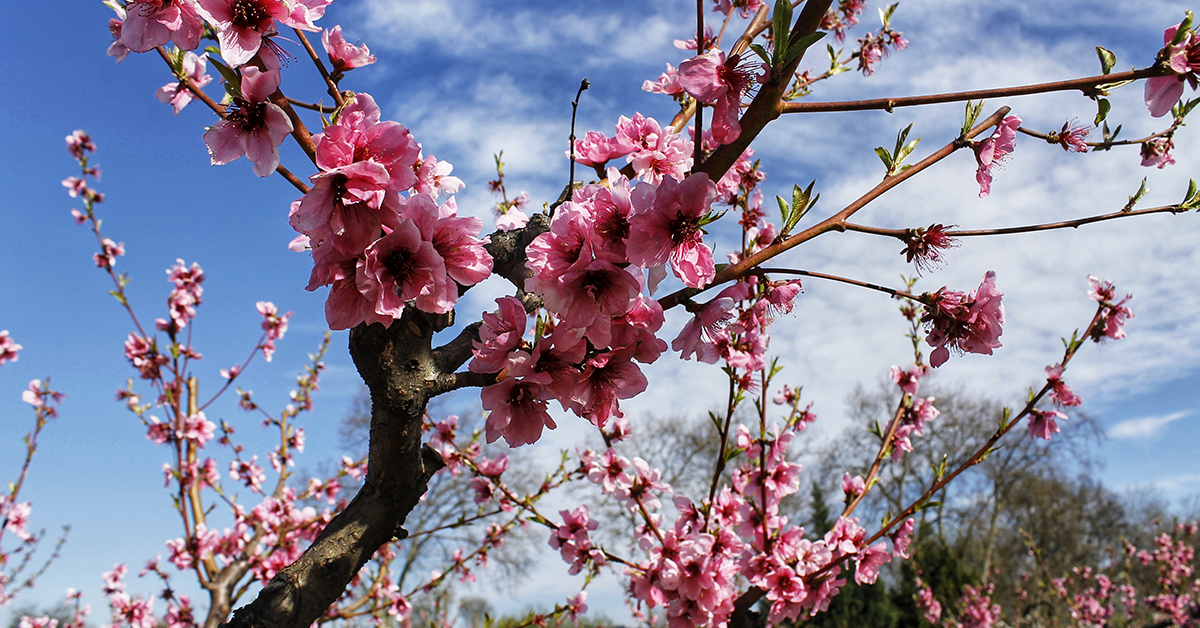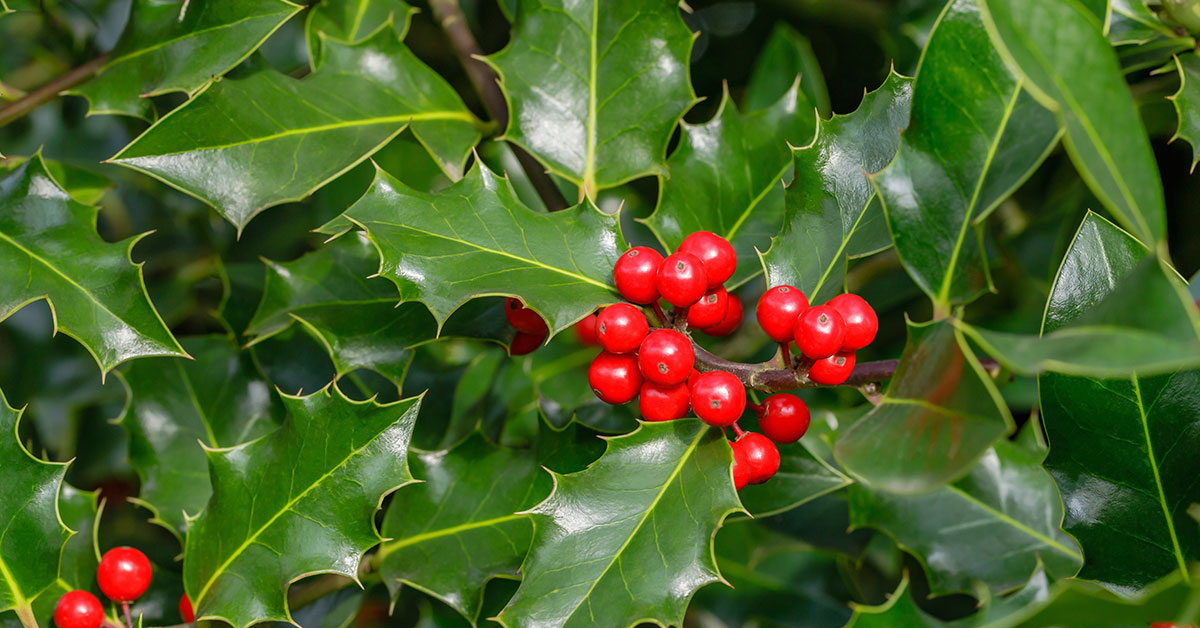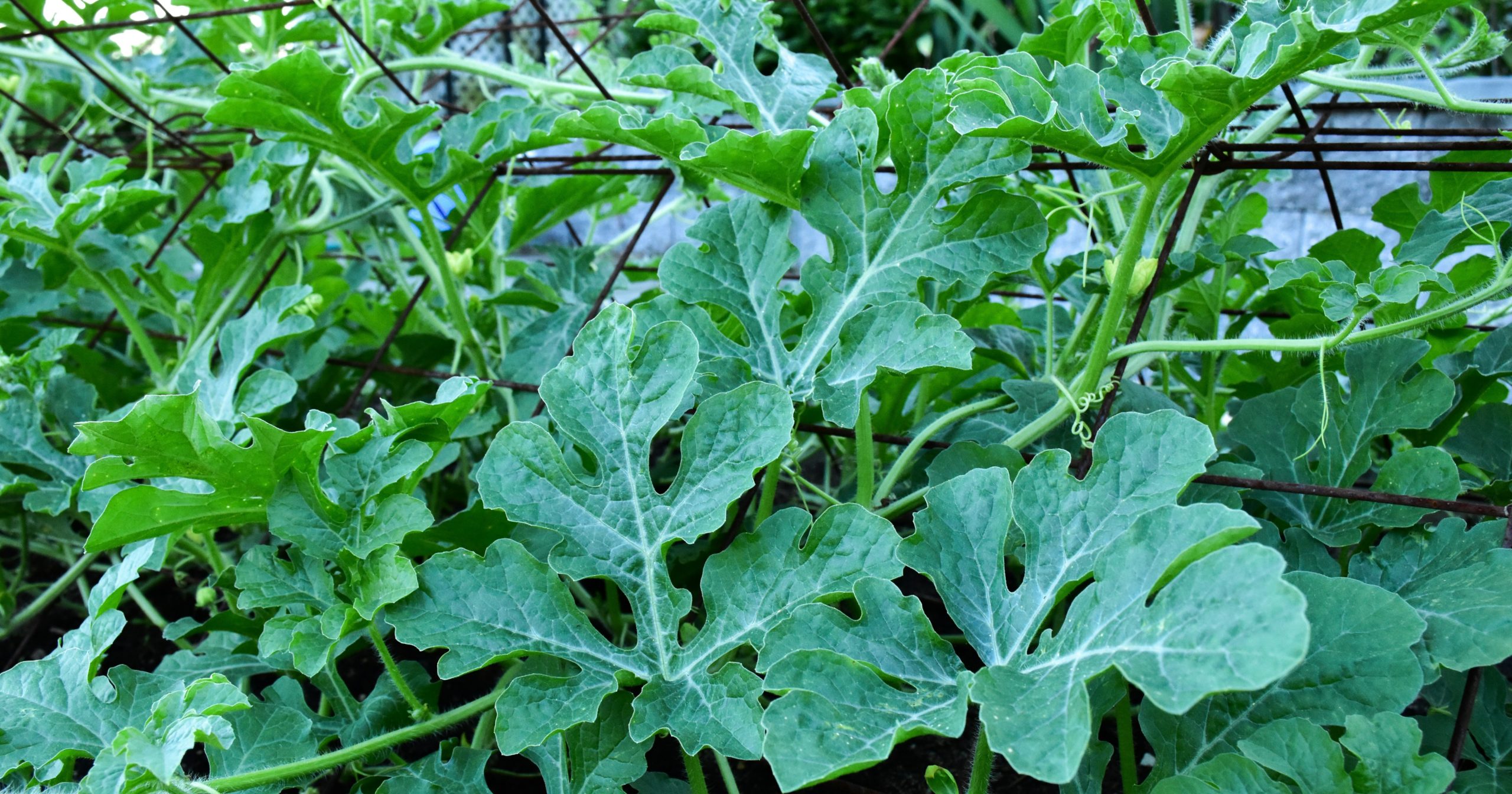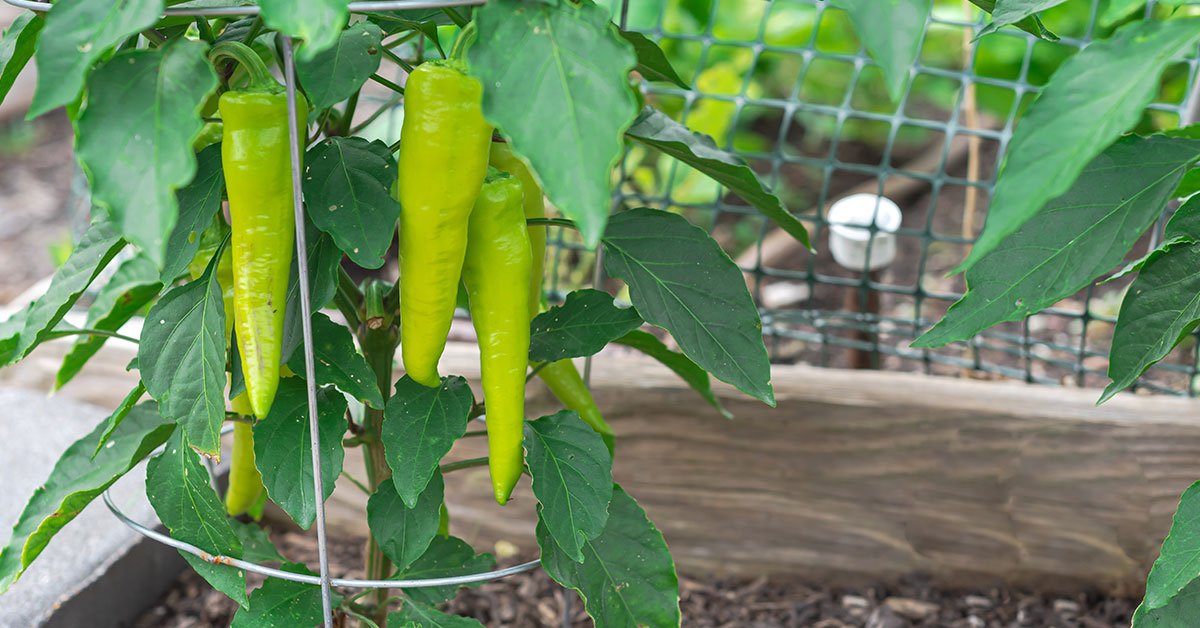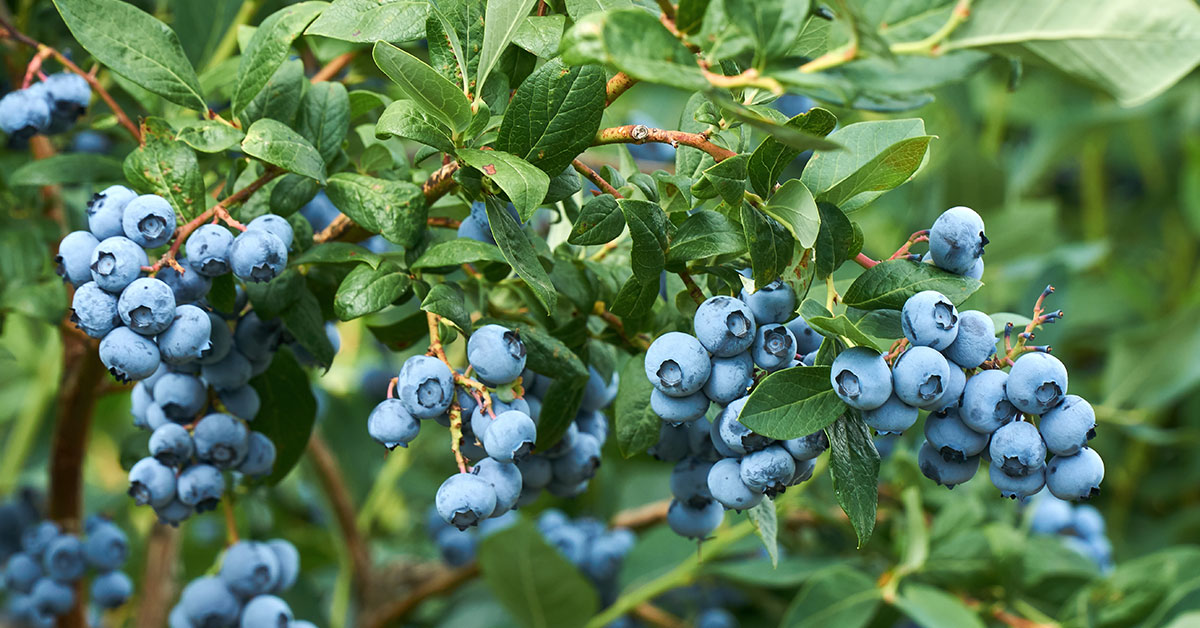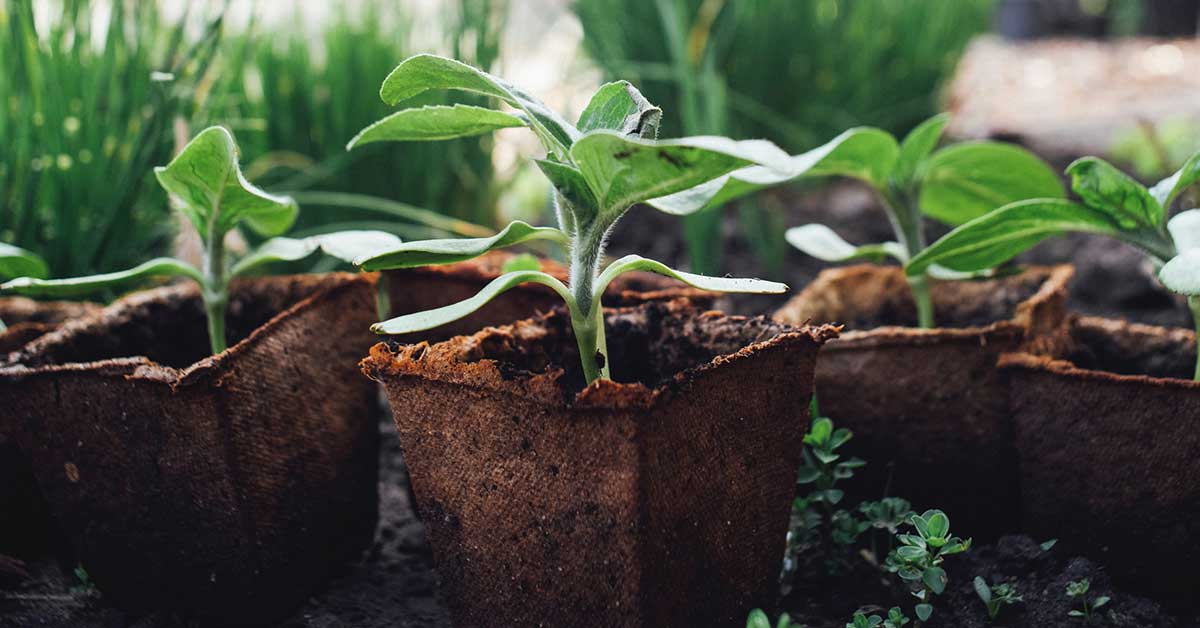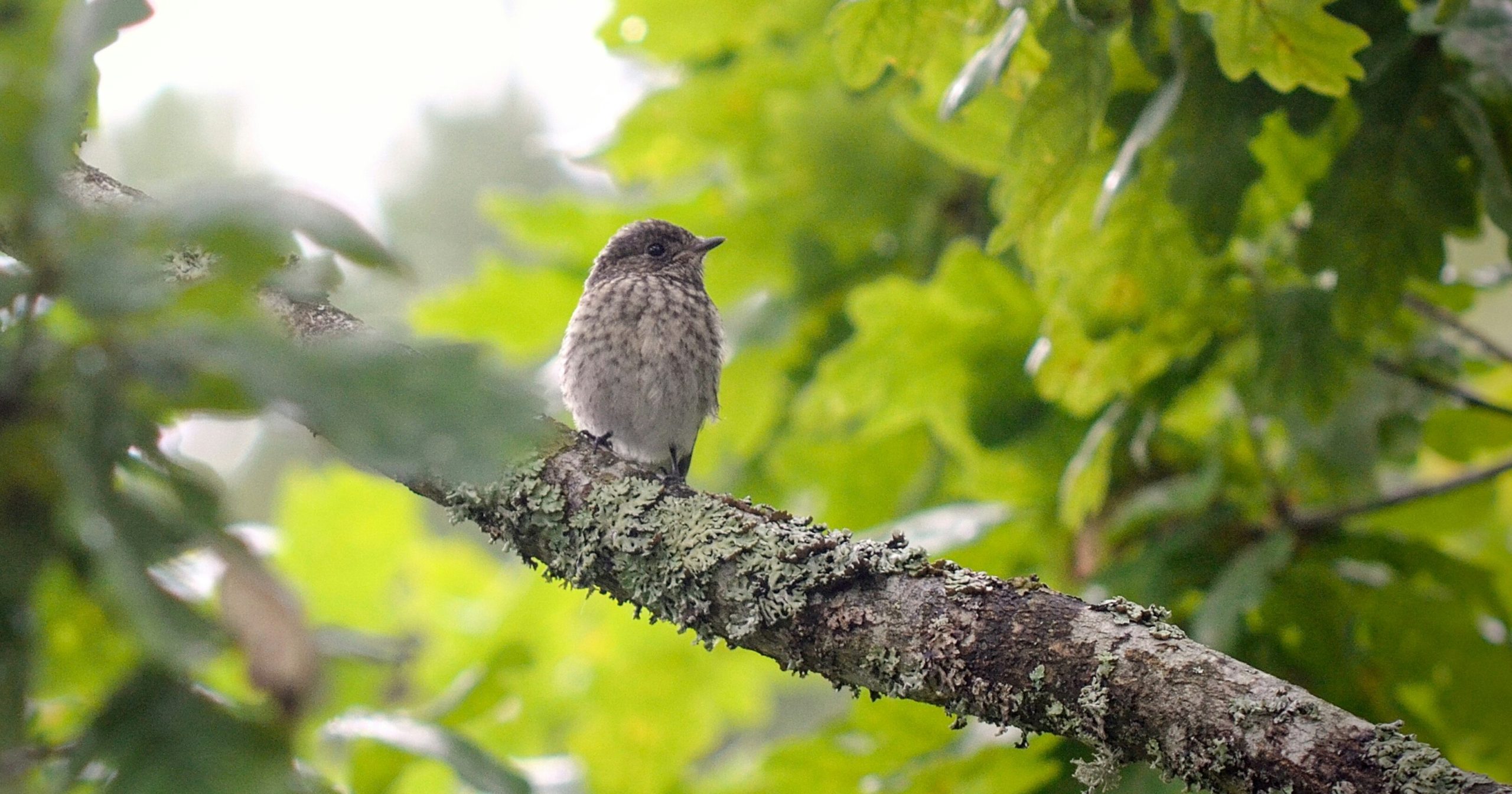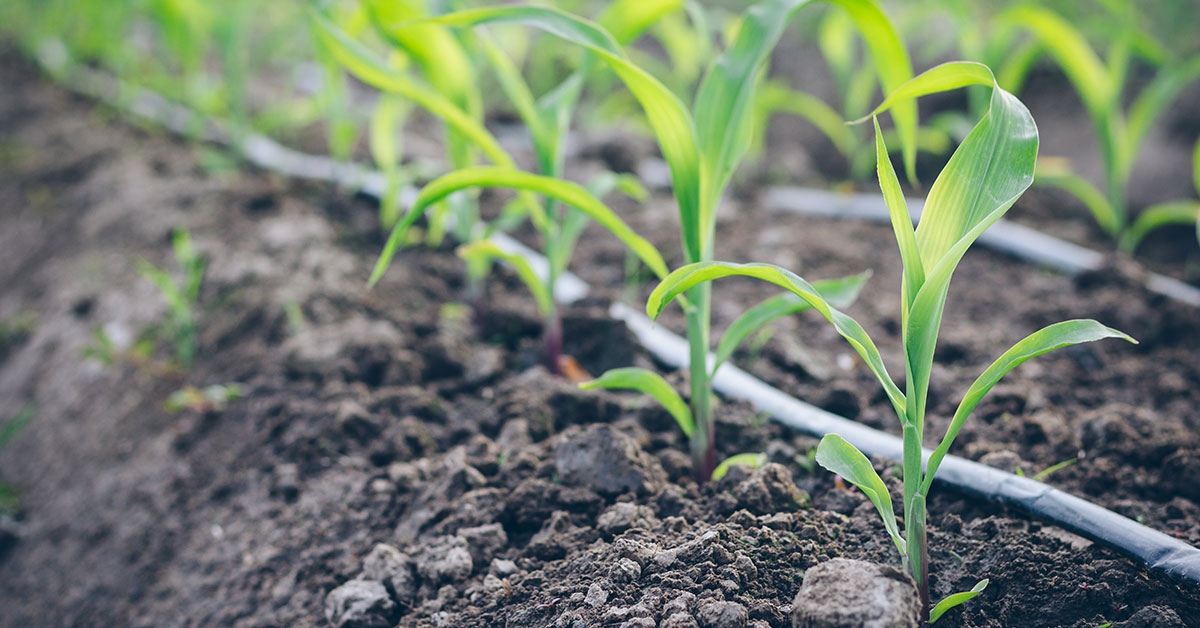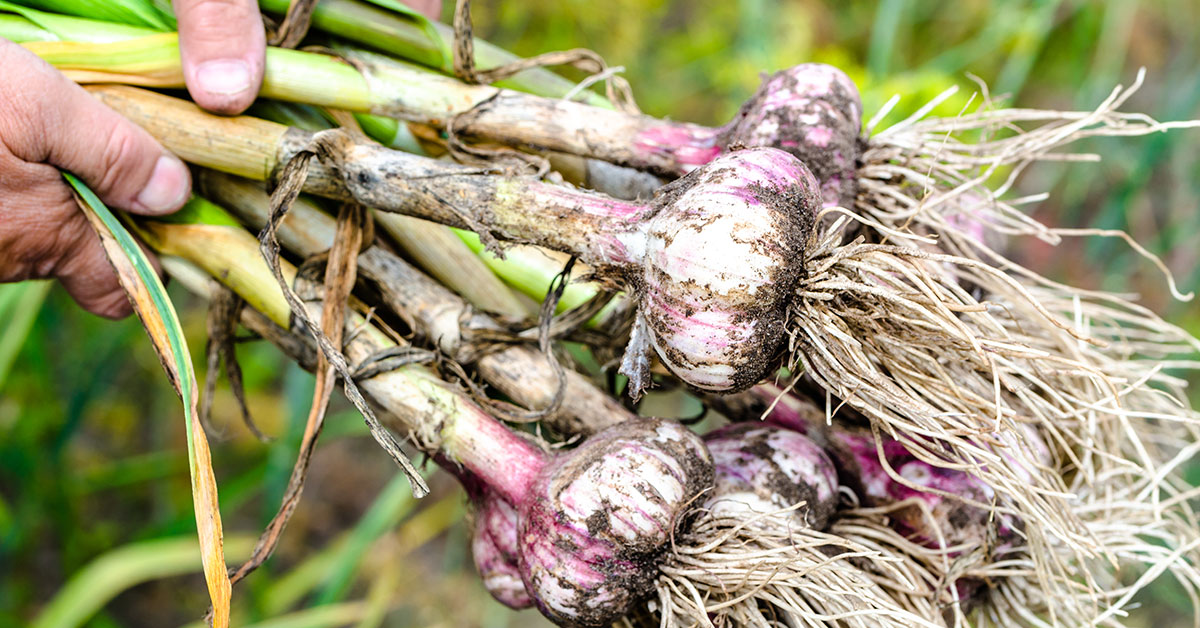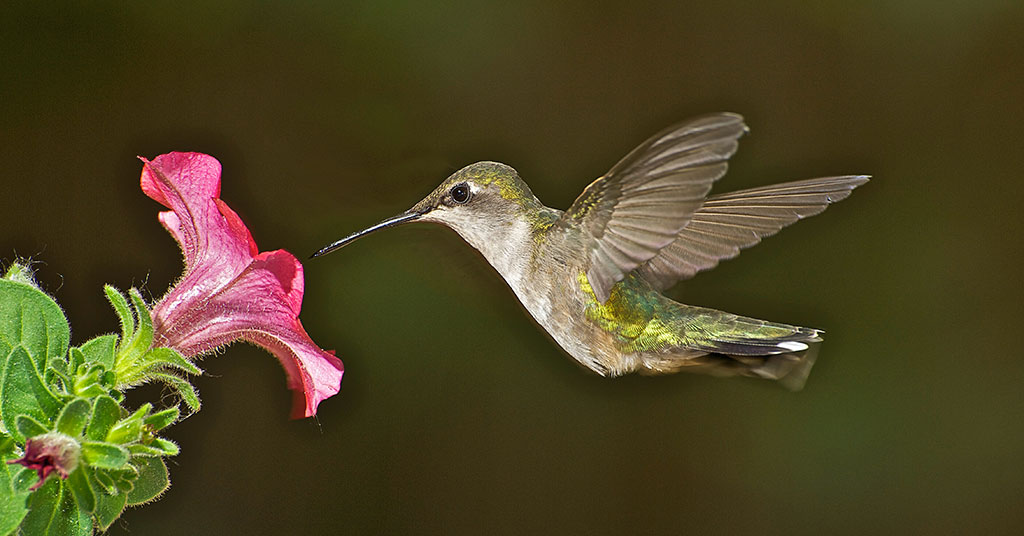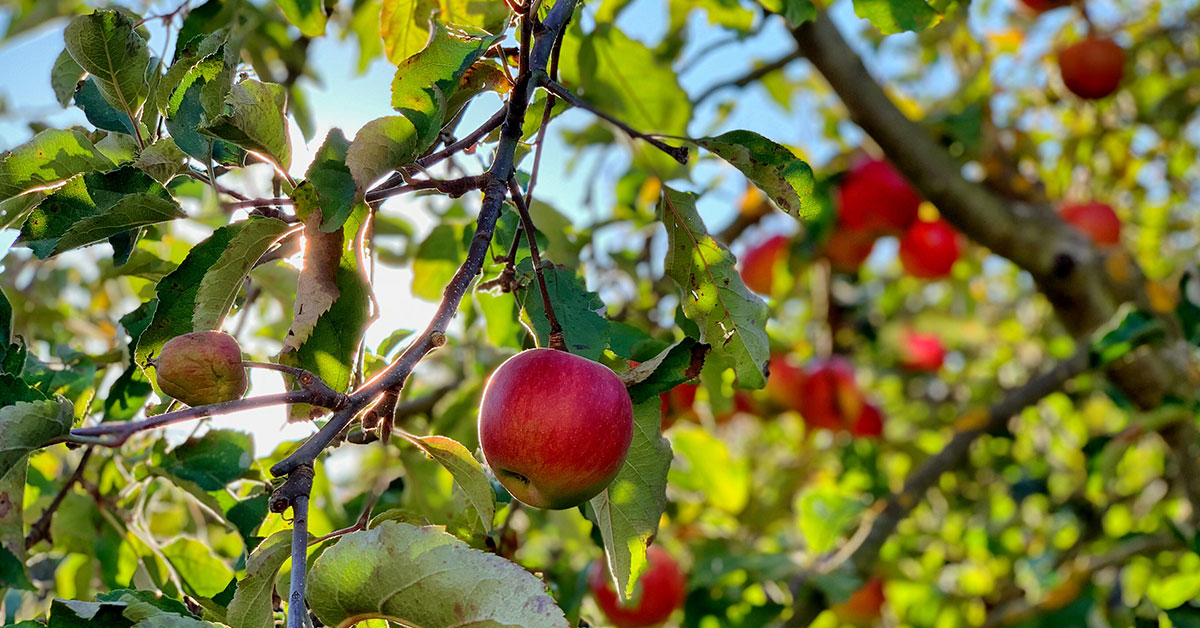Welcome to the world of growing Silver Lode Nectarine trees, where the sweet and juicy rewards of your labor are just a few seasons away. Silver Lode Nectarine, a popular variety known for its exceptional flavor and beautiful silver-gray skin, is a delightful addition to any home orchard or garden. With its vigorous growth, disease resistance, and ability to thrive in various climates, this nectarine tree is a favorite among both novice and experienced gardeners.
In this article, we will explore the essential steps and expert tips to successfully cultivate Silver Lode Nectarine trees, from selecting the right planting location to providing proper care throughout the seasons. So, roll up your sleeves, grab your gardening tools, and let’s embark on a journey to grow these delectable fruits right in your own backyard.
What are Silver Lode Nectarine?
Silver Lode Nectarine is a popular variety of nectarine tree known for its delicious fruit and attractive appearance. It is a deciduous tree that typically reaches a height of 10-12 feet. The tree has a spreading growth habit with a rounded canopy, making it an excellent choice for small to medium-sized gardens. The Silver Lode Nectarine produces medium to large-sized fruit with a smooth, shiny skin that is predominantly yellow with a slight red blush.
The flesh is juicy, sweet, and aromatic, with a rich flavor that is highly sought after by nectarine enthusiasts. The fruit is freestone, which means the flesh easily separates from the pit, making it convenient for eating fresh or using in various culinary applications.
This nectarine variety is known for its early ripening, typically ready for harvest in mid to late summer. It requires full sun exposure and well-drained soil to thrive. Adequate watering, regular fertilization, and proper pruning are essential for maintaining the health and productivity of the Silver Lode Nectarine tree.
Overall, the Silver Lode Nectarine is a fantastic choice for home gardeners looking to grow a delicious and visually appealing fruit tree that will provide bountiful harvests for years to come.
What does Silver Lode Nectarine taste like?
Silver Lode Nectarine is known for its exceptional flavor profile, making it a favorite among nectarine enthusiasts. The flavor is a perfect balance of sweet and tangy, with a delightful juiciness that bursts in your mouth with every bite.
The sweetness of Silver Lode Nectarine is prominent, offering a luscious and succulent taste that is reminiscent of honey. The natural sugars in the fruit create a pleasant sweetness that is not overpowering, making it enjoyable for those who prefer a milder sweetness compared to other nectarine varieties.
What sets Silver Lode Nectarine apart is its tanginess, which adds a refreshing and slightly acidic note to the overall flavor profile. This tangy element provides a nice contrast to the sweetness, creating a well-rounded taste experience.
The juiciness of Silver Lode Nectarine is remarkable, as each bite releases a burst of flavorful juice that enhances the overall taste. The juiciness adds a refreshing quality to the fruit, making it a perfect choice for hot summer days.
Overall, Silver Lode Nectarine offers a delectable flavor profile that combines sweetness, tanginess, and juiciness in perfect harmony. Its unique taste makes it a highly sought-after variety among nectarine connoisseurs.
How to start Silver Lode Nectarine from seed
Starting a Silver Lode Nectarine tree from scratch can be done through seed propagation. However, it’s important to note that growing nectarine trees from seeds may result in variations in fruit quality, size, and taste. For consistent and reliable results, it is recommended to use graft stock of fruit trees.
If you still wish to proceed with seed propagation, here is a step-by-step guide to starting a Silver Lode Nectarine tree:
- Obtain fresh Silver Lode Nectarine seeds: Collect seeds from ripe nectarines that are of good quality and have been grown in similar climatic conditions to your own. Make sure the fruit is fully ripe before extracting the seeds.
- Seed preparation: Remove the seeds from the nectarine fruit and wash them thoroughly to remove any remaining fruit flesh. Dry the seeds for a few days in a cool, dry place to ensure they are completely dry.
- Cold stratification: Nectarine seeds require a period of cold stratification to break their dormancy and stimulate germination. Place the dried seeds in a plastic bag with a damp paper towel or sphagnum moss. Seal the bag and refrigerate it for about 8-12 weeks. This mimics the natural winter conditions that the seeds would experience in their native environment.
- Germination: After the cold stratification period, remove the seeds from the refrigerator and sow them in a seed-starting mix or a well-draining potting soil. Plant the seeds about 1 inch deep and cover them lightly with soil. Water the soil gently to ensure it is moist but not waterlogged.
- Provide optimal conditions: Place the seed tray or pots in a warm location with temperatures around 70-80°F (21-27°C). Ensure the seeds receive bright, indirect sunlight. Maintain consistent moisture in the soil by watering whenever the top inch of soil feels dry.
- Seedling care: Germination can take anywhere from 2-6 weeks. Once the seedlings emerge, provide them with adequate light to promote healthy growth. You can use grow lights if natural sunlight is limited. Thin out weaker seedlings if multiple seeds have germinated in the same pot, leaving only the strongest one.
- Transplanting: When the seedlings have grown to a size of about 6-8 inches and have developed a few sets of true leaves, they can be transplanted into individual pots or containers. Use a well-draining potting mix and ensure the containers have drainage holes.
- Harden off and outdoor planting: Before transplanting the seedlings into the ground, gradually acclimate them to outdoor conditions. Start by placing them outdoors in a sheltered location for a few hours each day, gradually increasing the time over a period of 1-2 weeks. Once the seedlings have hardened off, choose a sunny location in your garden with well-draining soil to plant them.
It’s important to note that growing nectarine trees from seeds can be a lengthy process, and the resulting tree may not produce fruit true to the parent tree. For more reliable and consistent results, consider obtaining graft stock of Silver Lode Nectarine from a reputable nursery or garden center.
When to plant Silver Lode Nectarine outdoors
The ideal time to plant Silver Lode Nectarine trees is in late winter or early spring, before the tree starts to bud and leaf out. This is typically between February and April, depending on your specific climate and region. Planting during this time allows the tree to establish its roots before the hot summer months, ensuring better growth and fruit production.
Growing & care guide
Silver Lode Nectarine trees are a popular choice among gardeners due to their delicious fruit and attractive appearance. To ensure the health and productivity of your Silver Lode Nectarine tree, it is important to follow these best practices for care:
- Location: Choose a sunny spot in your garden that receives at least 6-8 hours of direct sunlight daily. Nectarine trees thrive in well-draining soil, so ensure the planting area has good drainage.
- Soil Preparation: Before planting your Silver Lode Nectarine tree, amend the soil with organic matter such as compost or well-rotted manure. This will improve the soil’s fertility and drainage.
- Planting: Dig a hole that is wide and deep enough to accommodate the tree’s root system. Place the tree in the hole, ensuring that the bud union (the swollen area where the tree was grafted onto the rootstock) is above the soil level. Backfill the hole with soil, gently firming it around the roots.
- Watering: Nectarine trees require regular watering, especially during the growing season. Water deeply, providing enough moisture to reach the root zone. However, be cautious not to overwater, as excessive moisture can lead to root rot. A drip irrigation system or soaker hose is ideal for delivering water directly to the roots.
- Fertilization: Feed your Silver Lode Nectarine tree with a balanced fertilizer in early spring, just before new growth begins. Use a fertilizer specifically formulated for fruit trees, following the instructions on the packaging. Avoid over-fertilizing, as this can result in excessive vegetative growth at the expense of fruit production.
- Pruning: Prune your nectarine tree during the dormant season, typically in late winter or early spring. Remove any dead, damaged, or diseased branches. Thin out crowded areas to improve air circulation and sunlight penetration. Pruning also helps maintain the tree’s shape and size, making it easier to harvest the fruit.
- Pest and Disease Control: Regularly inspect your Silver Lode Nectarine tree for signs of pests or diseases. Common pests include aphids, scale insects, and peach tree borers. Treat infestations promptly with organic or chemical insecticides, following the instructions carefully. Applying dormant oil spray in late winter can help control overwintering pests and their eggs. Additionally, practicing good sanitation by removing fallen leaves and fruit can help prevent disease outbreaks.
- Thinning Fruit: To ensure larger and healthier fruit, thin out excess fruit when they are about the size of a marble. This allows the remaining fruit to receive adequate nutrients and sunlight, resulting in better quality harvest.
By following these best practices, you can enjoy a bountiful harvest of delicious Silver Lode Nectarines from your tree. Remember to monitor your tree regularly, provide proper care, and address any issues promptly to ensure its long-term health and productivity.
Harvesting guide
Silver Lode Nectarines are typically ready for harvest in late spring or early summer, depending on your specific climate and growing conditions. Here are some guidelines to help you determine when and how to harvest your Silver Lode Nectarines:
- Color: The color of the fruit is a good indicator of ripeness. Silver Lode Nectarines will develop a yellow or golden hue when they are ripe. The fruit should have an even color all over, with no green patches.
- Firmness: Gently squeeze the fruit to check its firmness. Ripe nectarines should yield slightly to gentle pressure, but they should not be too soft or mushy. If the fruit is still hard, it is not yet ready for harvest.
- Taste: The best way to determine if a nectarine is ready for harvest is to taste it. Pick a fruit that looks ripe and take a bite. Ripe Silver Lode Nectarines should be juicy, sweet, and flavorful. If the fruit is still tart or lacks flavor, it needs more time to ripen.
- Harvesting technique: To harvest the nectarines, gently twist or roll the fruit in your hand until it detaches from the tree. Alternatively, you can use pruning shears to cut the stem about half an inch above the fruit. Be careful not to damage the fruit or the tree while harvesting.
- Harvesting time: It is best to harvest nectarines in the morning when the temperatures are cooler. This helps to preserve the fruit’s quality and prevent it from becoming overripe.
- Storage: Nectarines are best enjoyed fresh, but if you have more than you can consume immediately, store them in the refrigerator. Place the ripe nectarines in a paper bag or a loosely closed plastic bag to prevent moisture loss. They should stay fresh for up to a week.
Remember that the exact timing of the harvest may vary depending on your location and growing conditions. It is always a good idea to monitor your nectarines closely and adjust your harvesting schedule accordingly.
